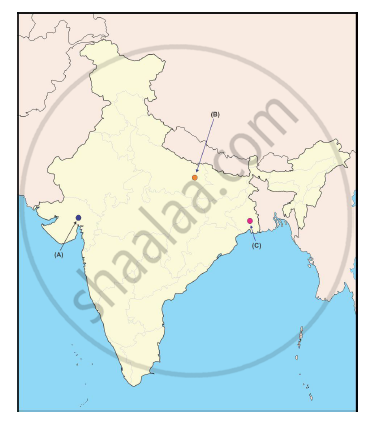Advertisements
Advertisements
प्रश्न
Describe the popular struggle of Bolvia.
उत्तर
Bolivia is a poor country in Latin America. The World Bank had pressurised the Bolivian government to relinquish its control of the municipal water supply. As a result, the rights
for the city of Cochabamba were sold to a multinational company (MNC). The MNC immediately increased the price of water fourfold. This caused a spontaneous protest which was not led by any political party.
A new alliance of labour, human rights leaders and community leaders soon emerged and organised a successful four-day general strike in the said city in January 2000. The government relented and agreed to negotiate, resulting in the calling off of the strike. However, the government went back on its word.
As a result an organisation consisting of local professionals, engineers, environmentalists, farmers, confederation of factory workers’ union, middle class students and street children formed the FEDECOR. They organised another strike in April, and the government responded by imposing martial law. However, the MNC officials soon had to free the city because of the continuous protests and the government had to agree to the demands of the people. The contract with the MNC was cancelled, and water supply was restored to the old municipality rates.
APPEARS IN
संबंधित प्रश्न
Describe their public interest pressure groups functioning
Three Features A, B and C are marked on the given political outline map of India. Identify these features with the help of the following information and write their correct names on the lines marked in the map:
A. The place where the cotton mill workers organized Satyagraha.
B. The place related to the calling off the Non – Cooperation Movement.
C. The place where the Indian National Congress Session was held.

Explain the main features of this 'swaraj flag.'
Compare the popular struggles of Nepal and Bolivia.
Which one of the following statements is correct regarding 'sectional interest groups'?
Which one of the following was the main reason for Mahatma Gandhi to call off the Non-Cooperation movement in 1922?
(A) The Jallianwala Bagh incident
(B) Khilafat movement
(C) The passing of the Rowlatt Act
(D) The Chauri-Chaura incident
Match List I (organisations and struggles) with List II and select the correct answer using the codes given below the lists:
|
List I |
List II |
||
|
1. |
Organisations that seek to promote the interests of a particular section or group |
Α. |
Movement |
|
2. |
Organisations that seek to promote common interest |
Β. |
Political parties |
|
3. |
Struggles launched for the resolution of a social problem with or without an organisational structure |
C. |
Sectional interest groups |
|
4. |
Organisations that mobilise people with a view to win political power |
D. |
Public interest groups |
|
1 |
2 |
3 |
4 |
|
|
(a) |
C |
D |
B |
A |
|
(b) |
C |
D |
A |
B |
|
(c) |
D |
C |
B |
A |
|
(d) |
B |
C |
D |
A |
Why did Mahatma Gandhi start the 'Civil Disobedience Movement'? How did this movement unite the country? Explain.
Why did Mahatma Gandhi launch the 'Non-Cooperation Movement'? How did this movement unite the country? Explain.
How do pressure groups and movements strengthen democracy? Explain.
